From Data Culture to AI Business Agents
If you wish to build an AI-enabled business, you must first build a data-enabled culture.
At Caspia, that principle has guided our work from the beginning. For more than a decade, we have helped organizations master the four stages of data excellence: Acquire, Visualize, Interact, and Retrieve.
Today, we extend that mastery into the world of AI Business Agents (ABA): intelligent systems that analyze, learn, and act on data in real time. These agents do not replace people; they strengthen decision-making, automate execution, and help organizations move with speed and precision.
The Data Frontier
Businesses are surrounded by more data than ever before, yet the challenge is not collecting it but turning it into intelligent action.
How do we acquire the right data amid complexity?
How do we visualize it so that insight becomes instinct?
How do we interact with it dynamically rather than statically?
How do we retrieve it fast enough to make decisions that matter?
These questions shaped Caspia’s philosophy and became the foundation for what would evolve into AI Business Agents: connected, learning systems that close the gap between information and action.

Our Journey
Early Foundations (2011–2014)
- 2011: Caspia was founded in London. From the beginning, we defined the four essential stages of data mastery: Acquire, Visualize, Interact, Retrieve.
- 2012: We pioneered linked data visualization, showing that raw data could be transformed into living, meaningful insight.
- 2013–2014: Our vision reached the Middle East, where we delivered live B2B dashboards in Saudi Arabia and advanced transactional visualizations in Pakistan and Oman. These early projects blended academic research with commercial application, setting the stage for scalable, data-driven business systems.
Expanding Expertise (2015–2018)
- By 2015, our reach grew. In Qatar and Dubai, we moved from delivering dashboards to building capability. Through workshops on custom data tools, cloud technologies, Power BI, Excel, and Looker, we helped organizations take ownership of their data and their decisions.
- In Pakistan, we introduced AI training programs that encouraged teams to use predictive analytics and anticipate what comes next.
- Back in the UK, we funded five AI and Data Knowledge Transfer Partnerships, connecting PhD research with commercial innovation and proving that ideas thrive when academia and industry work together.
Global Impact and AI Evolution (2019–2025)
- Across Oman, Qatar, and Saudi Arabia, enterprises relied on Caspia to refine financial and operational analytics through Tableau, Qlik, and Looker.
- Our programs scaled globally, improving efficiency, transparency, and cash flow management for businesses in multiple sectors.
- By 2023, our work expanded from analytics to AI Business Agents—autonomous systems capable of monitoring performance, interpreting trends, and initiating business actions across entire organizations.
For Caspia, data was never the destination. It was the foundation.
AI Business Agents (ABA)
AI Business Agents represent the next phase of enterprise intelligence. They are modular AI components that observe, interpret, and act, creating a continuous cycle of awareness and improvement.
Caspia’s ABA deployments support several business domains:
- Finance Agents that detect anomalies, forecast cash flow, and automate reporting
- Operations Agents that optimize logistics and workflow efficiency
- Policy Agents that analyze national data and assist with evidence-based governance
- Strategy Agents that connect market signals with internal performance to recommend action
Each agent integrates with enterprise platforms such as ERP, CRM, and BI systems, adapting to new data over time and improving through every cycle of use. ABA transforms static infrastructure into active intelligence.
AI Business Agents
Caspia’s AI Business Agents connect enterprise data, communication channels, and decision systems into one intelligent network that listens, responds, and acts across every business touchpoint.
Explore AI Business AgentsThe Caspia Intelligence Framework
Caspia’s three-pillar framework unites data quality, AI capability, and decision agility.
- Data Integrity — creating reliable, governed, and connected information sources
- AI Automation — deploying agents that act on live data streams
- Decision Agility — enabling leaders to move from insight to impact with clarity and speed
This framework combines advisory depth with hands-on deployment, ensuring that every AI initiative delivers operational and financial value.
Building Intelligent Enterprises
Caspia is more than an advisor. We design, deploy, and maintain AI systems that deliver measurable results.
From real-time analytics platforms to decision-support agents, our solutions reduce friction, increase visibility, and accelerate performance. Each project strengthens the foundation for a truly intelligent enterprise one that learns from every transaction and improves with every decision.
Policy and Partnerships
AI adoption must rest on trust, transparency, and governance. Caspia contributes to national data and AI strategies in Saudi Arabia and Oman, developing frameworks that align innovation with accountability.
Our partnerships across the UK, US, Canada, Australia, India, Pakistan, and the Gulf foster collaboration between research, policy, and enterprise implementation.
Looking Ahead
Caspia’s story began with data: structured, connected, and purposeful. It continues with AI Business Agents, autonomous systems that bring that data to life, helping organizations think, decide, and act faster than ever before.
Our mission is to transform information into intelligence and intelligence into action.
Ready to deploy your first AI Business Agent?
We're Here to Help!
For details about how we handle your personal data and to understand our privacy practices, please visit our Privacy Policy.
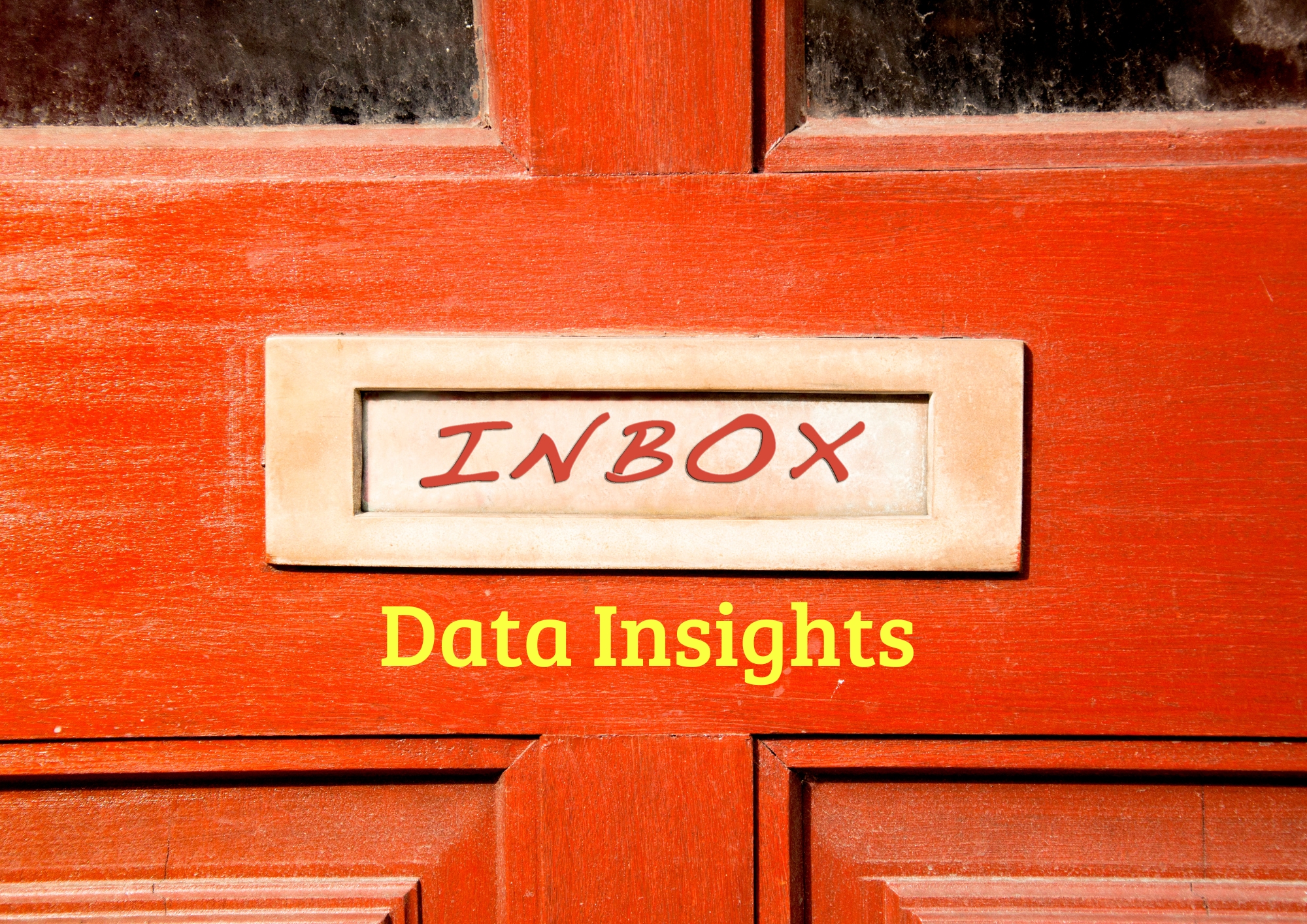
Inbox Data Insights (IDI)
Turn email chaos into intelligence. Analyze, visualize, and secure massive volumes of inbox data with Inbox Data Insights (IDI) by Caspia.

Data Security
Safeguard your data with our four-stage supervision and assessment framework, ensuring robust, compliant, and ethical security practices for resilient organizational trust and protection.
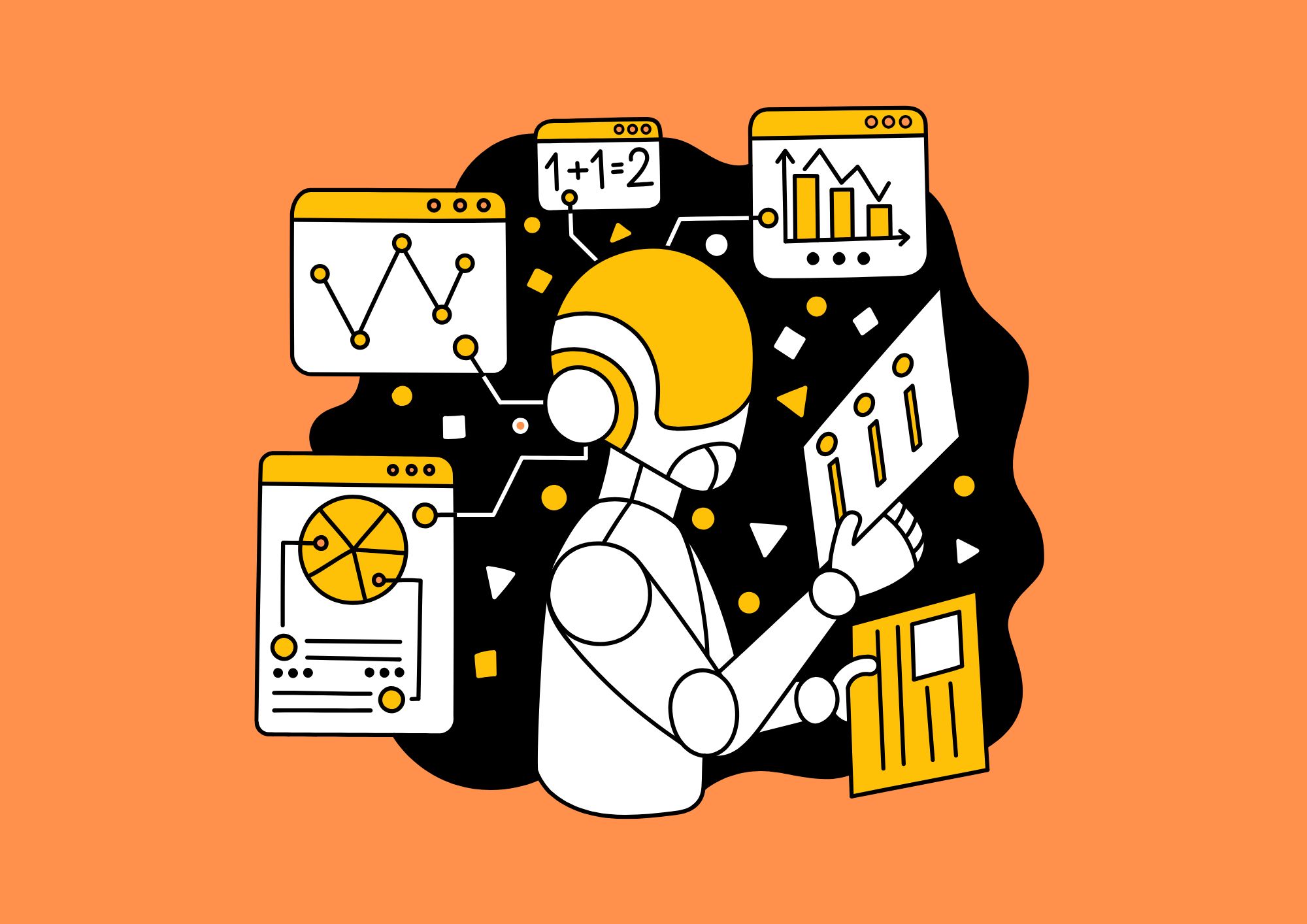
Data and Machine Learning
Harness the power of data and machine learning with our four-stage supervision and assessment framework, delivering precise, ethical, and scalable AI solutions for transformative organizational impact.
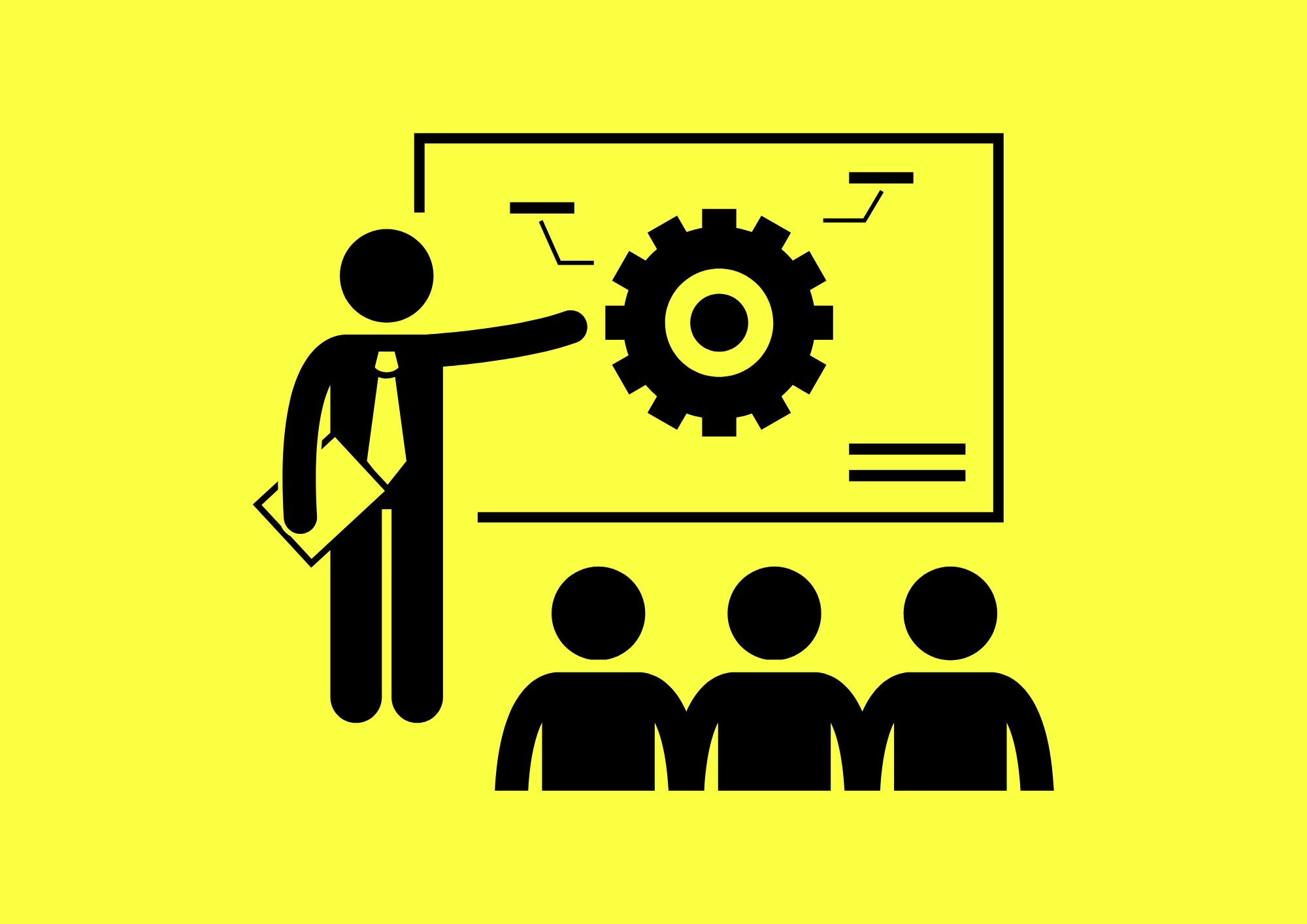
AI Data Workshops
Empower your team with hands-on AI data skills through our four-stage workshop framework, ensuring practical, scalable, and ethical AI solutions for organizational success.
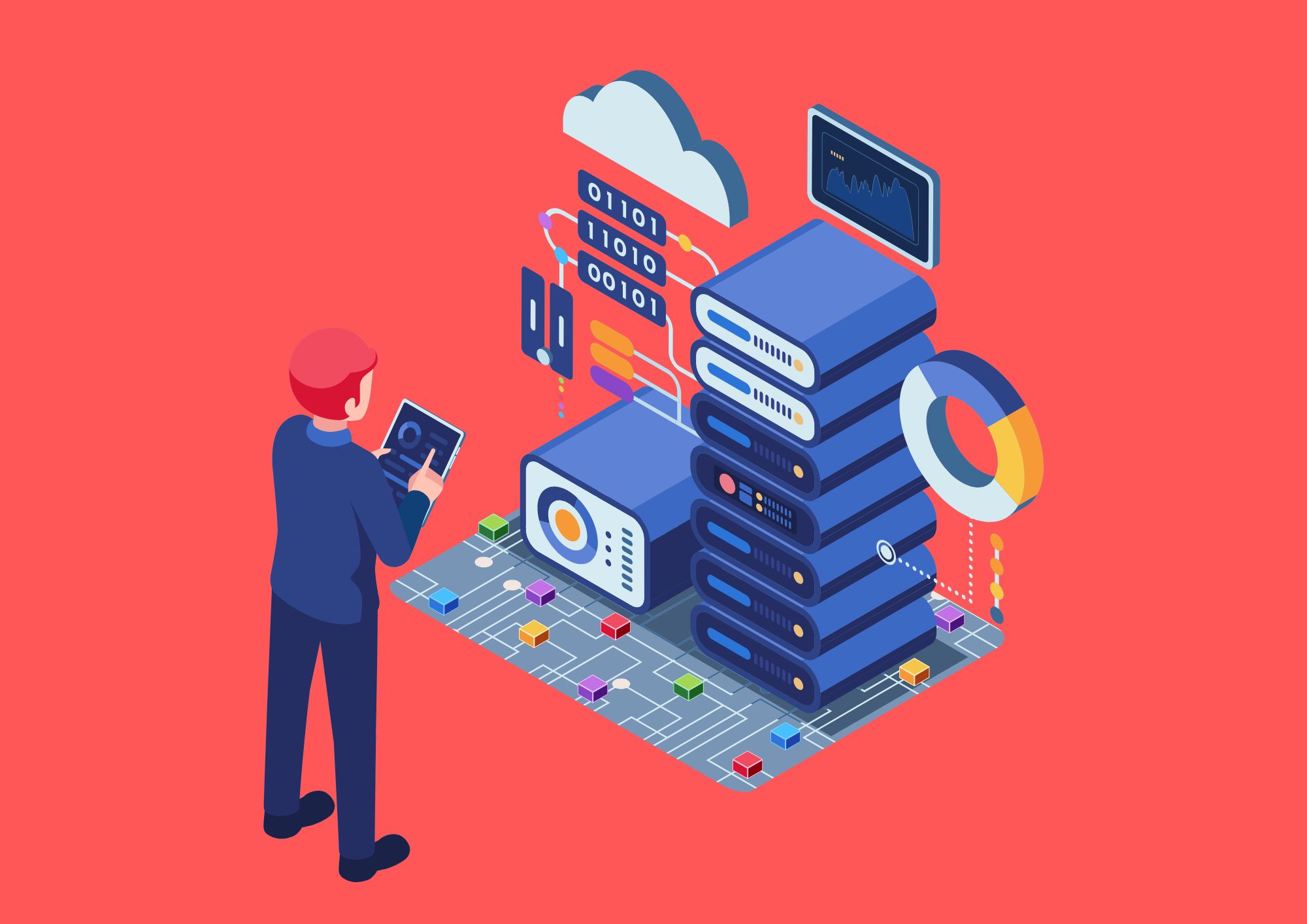
Data Engineering
Architect and optimize robust data platforms with our four-stage supervision and assessment framework, ensuring scalable, secure, and efficient data ecosystems for organizational success.
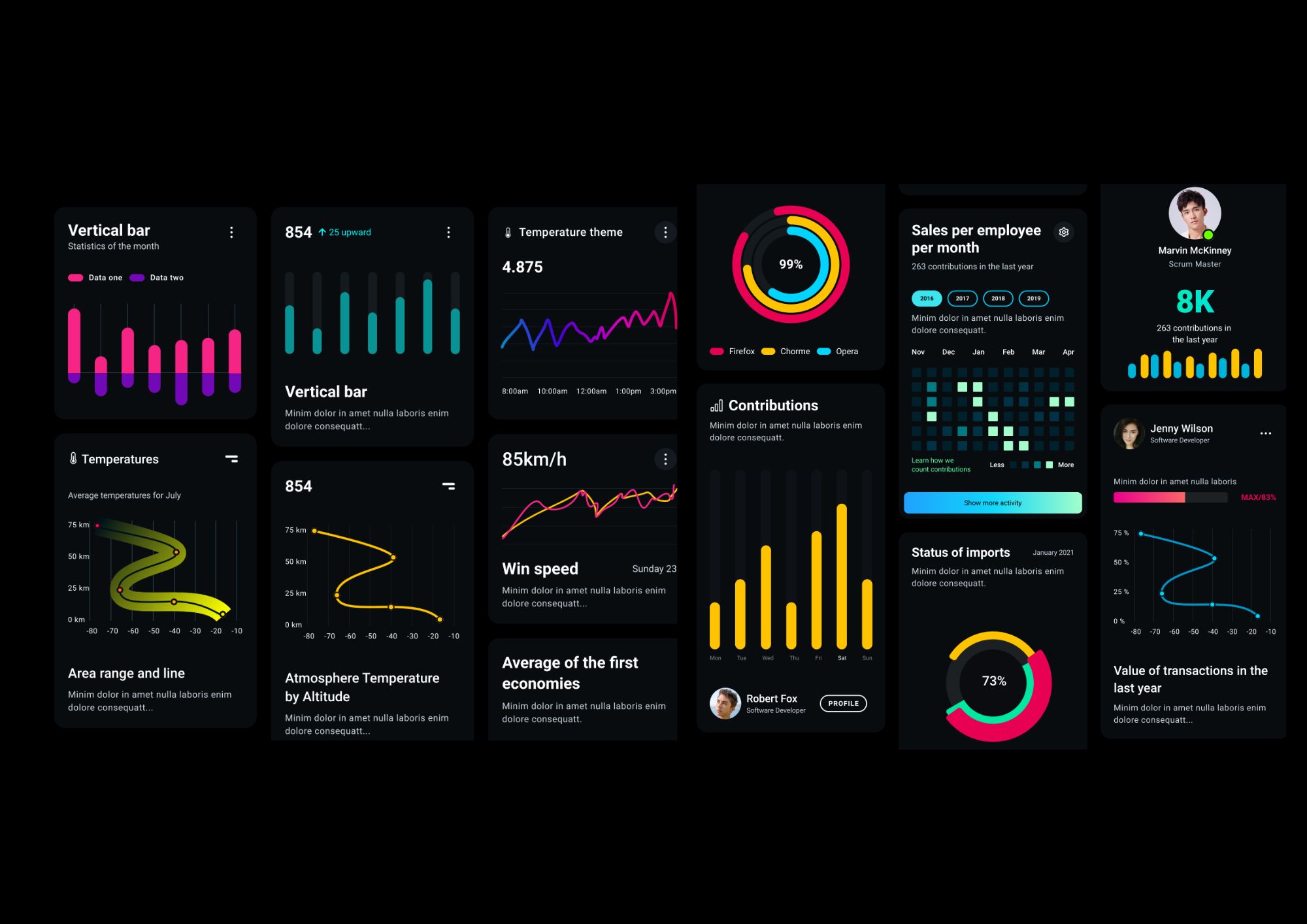
Data Visualization
Harness the power of visualization charts to transform complex datasets into actionable insights, enabling evidence-based decision-making across diverse organizational contexts.

Insights and Analytics
Transform complex data into actionable insights with advanced analytics, fostering evidence-based strategies for sustainable organizational success.
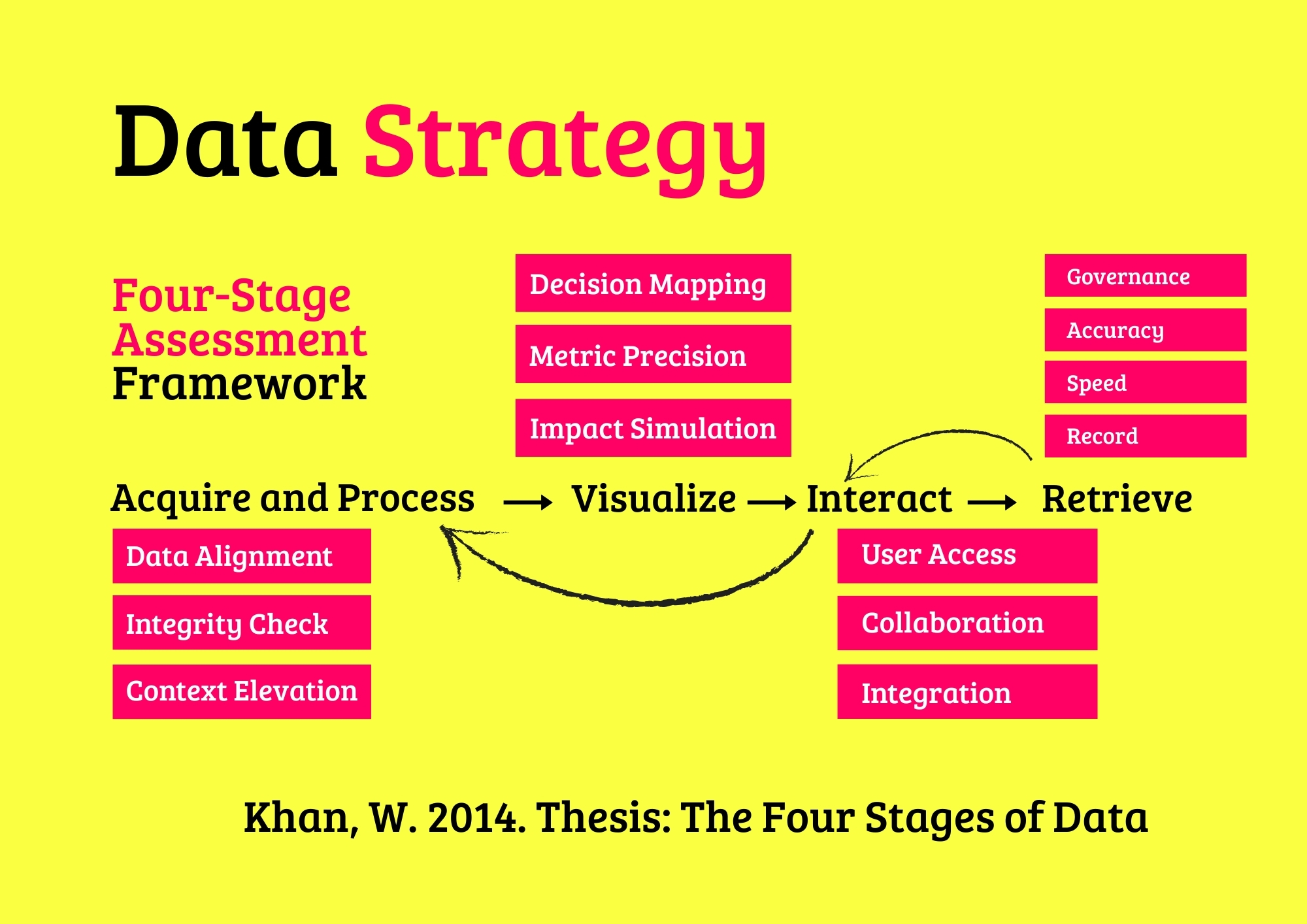
Data Strategy
Elevate your organization’s potential with our AI-enhanced data advisory services, delivering tailored strategies for sustainable success.
AI Business Agents in Action
Frequently Asked Questions
What exactly is an AI Business Agent?
An AI Business Agent is a virtual employee that can talk, write and act like a human. It handles calls, chats, bookings and customer support 24/7 in your brand voice. Each agent is trained on your data, workflows and tone to deliver accurate, consistent, and human-quality interactions.
How are AI Business Agents trained for my business?
We train each agent using your documentation, product data, call transcripts and FAQs. The agent learns to recognise customer intent, follow your processes, and escalate to human staff when required. Continuous retraining keeps performance accurate and up to date.
What makes AI Business Agents better than chatbots?
Unlike traditional chatbots, AI Business Agents use advanced language models, voice technology and contextual memory. They understand full conversations, manage complex requests, and speak naturally — creating a human experience without waiting times or errors.
Can AI Business Agents integrate with our existing tools?
Yes. We connect agents to your telephony, CRM, booking system and internal databases. Platforms like Twilio, WhatsApp, HubSpot, Salesforce and Google Workspace work seamlessly, allowing agents to perform real actions such as scheduling, updating records or sending follow-up emails.
How do you monitor and maintain AI Business Agents?
Our team provides 24/7 monitoring, quality checks and live performance dashboards. We retrain agents with new data, improve tone and accuracy, and ensure uptime across all communication channels. You always have full visibility and control.
What industries can benefit from AI Business Agents?
AI Business Agents are already used in healthcare, beauty, retail, professional services, hospitality and education. They manage appointments, take orders, answer enquiries, and follow up with customers automatically — freeing staff for higher-value work.
How secure is our data when using AI Business Agents?
We apply strict data governance including encryption, access control and GDPR compliance. Each deployment runs in secure cloud environments with audit logs and permission-based data access to protect customer information.
Do you still offer data and analytics services?
Yes. Data remains the foundation of every AI Business Agent. We design strategies, pipelines and dashboards in Power BI, Tableau and Looker to measure performance and reveal new opportunities. Clean, structured data makes AI agents more intelligent and effective.
What ongoing support do you provide?
Every client receives continuous optimisation, analytics reviews and strategy sessions. We track performance, monitor response quality and introduce updates as your business evolves — ensuring your AI Business Agents stay aligned with your goals.
Can you help us combine AI with our existing team?
Absolutely. Our approach is hybrid: AI agents handle repetitive, time-sensitive tasks, while your human staff focus on relationship-building and creative work. Together they create a seamless, scalable customer experience.






















